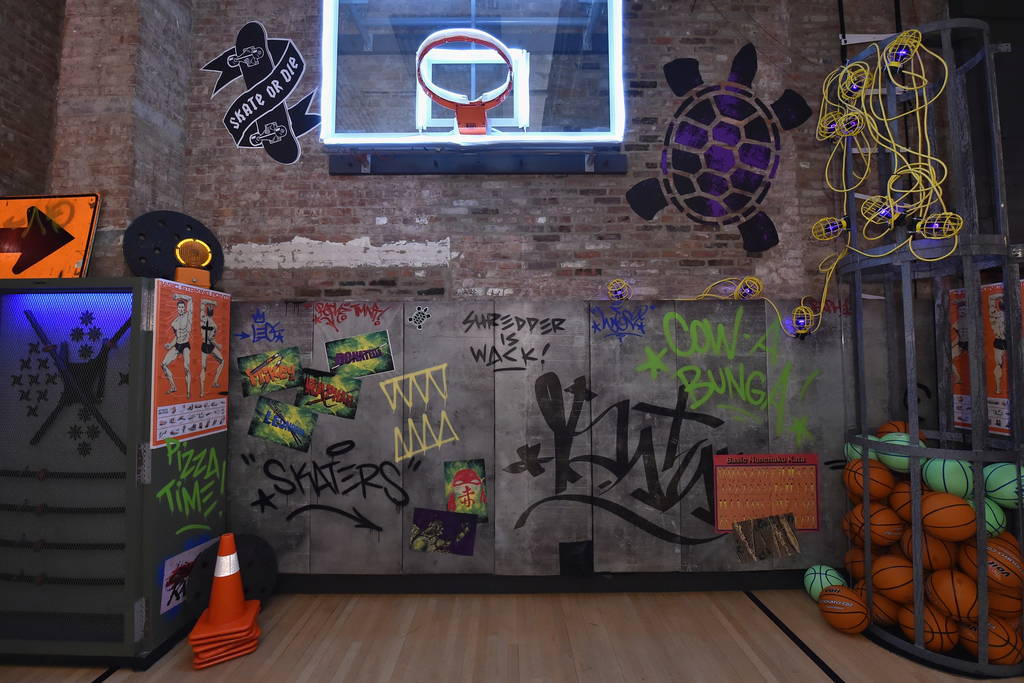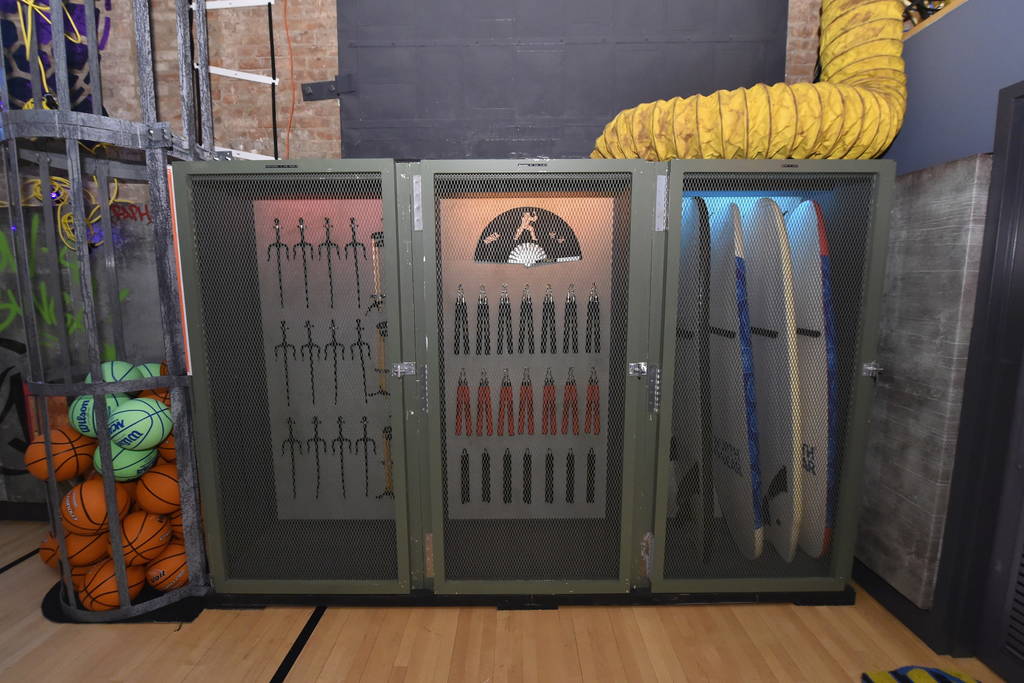Posts
-
The Blogging Gauntlet: May 29 - Self-Indulgent Garbage
CommentsThis is part of The Blogging Gauntlet of May 2016, where I try to write 500 words every day. See the May 1st post for full details.
Apologies in advance if I have typos or worse writing than usual. I’m traveling right now and don’t have my laptop with me, meaning I have to use a different writing flow.
Right now, I’m typing on a iPad, using GitHub’s built in text editor. It’s actually not as bad as I thought it would be. The touch keyboard does a decent job of approximating a real keyboard. Of course it’s a lot smaller, but it’s still loads better than a phone keyboard.
However, obviously I’m making do with a non-ideal situation by using the tools I have. Typing is much, much slower than an actual keyboard. Furthermore, I don’t have an easy way to check all the formatting works, besides launching the site and hoping for the best.
It’s funny. I’ve always seen tablets as a little extraneous. I thought you either wanted a phone size thing or a laptop size thing. A tablet size thing felt like a weird middle ground. But, now that I’m using one, I can understand why it feels qualitatively different from both. Still don’t think I’ll buy one though.
Anyways, this is a whole new experience for me. Honestly, I wasn’t expecting to even try to make a blog post today. I was just going to take the $20 hit because of how little time I had. But, when there’s a will there’s a way.
I don’t think I’ve emphasized just how convoluted my process is right now, so let me explain.
- I’m borrowing this iPad from my family, so no downloading apps. That means I have to edit through Github’s interface, which to be fair isn’t that bad.
- To check the word count, I’ve been using vim’s built in word counters. I can’t get vim on this iPad so instead…
- I save my work from Github’s interface, then use an SSH client on my personal smartphone.
- Then I SSH to my school account on the Berkeley servers, which luckily isn’t deactivated yet.
- Then I pull the updated text for my blog.
- Then I open vim, which again - is accessed through SSHing from my freaking phone.
- And I can then check my word count.
At last count I was over 230 words. Now…hey, 380! Not bad.
(I would put the Not Bad Obama meme here, but there’s no way I want to deal with setting up all of that on an iPad. Let your imagination fill in the dank meme.)
This is about the moment where you should realize I just spent about 400 words talking about nothing except the struggles I’m going through to type the post you’re reading. Truly, I have hit rock bottom for material. Or to be more precise, I’ve passed rock bottom, because I already used a similar concept in Shut Up And Write. I’m retreading my shitposting! Do you realize how incredibly disappointing that is, to me, a person trying to write semi-serious things?
Oh who am I kidding, this blog has always indulged in memeing about itself.
Time for a word count…
Hey, it’s over 500! (Not, unfortunately, over 9000.) I’ll stop this self-indulgent bullshit here. I think it’s likely I won’t make more posts, but if I do they’ll be back to whatever counts for normal around these parts.
Until next time.
-
The Blogging Gauntlet: May 28 - The Ingenuity of Marketers
CommentsThis is part of The Blogging Gauntlet of May 2016, where I try to write 500 words every day. See the May 1st post for full details.
Today, I learned about one of the coolest marketing stunts I’ve ever seen.
Now, you may or may not know there’s a new Teenage Mutant Ninja Turtles movie coming out. If you didn’t know, I don’t blame you, because I didn’t either. I never watched TMNT as a kid, and this is the sequel to the reboot directed by Michael Bay. I don’t like Michael Bay’s films, so it’s a double whammy.
Anyways, as part of the promotion, check out this AirBnB listing.

Yes, somewhere in New York, they recreated the Turtle’s Lair, and it only costs $10. They don’t let you stay the night, but you get free pizza, and there’s an arcade, and there’s a basketball court.
Ten dollars for pizza and an arcade is a pretty good deal, even if you’re not into Teenage Mutant Ninja Turtles. So obviously, they’re all booked.
This is an amazing, amazing marketing stunt. For one, it’s cheap enough to feel like something any fan could afford. And secondly, the internal decorating is on point. I mean, look at this, it’s ridiculous.



Look, this marketing campaign was cool enough that it marginally convinced me to watch the movie. Me! A guy who has no nostalgia about TMNT, and who expects the movie to be terrible.
(Warning: TVTropes link incoming, click at your own risk.)
There’s some weird kayfabe thing going on, where the listing pretends it’s actually Leonardo talking about the place. They don’t explicit say they’re advertising the movie, but it’s obvious they are if you read the listing in full. Maybe that’s a marketing trick I don’t know? Or at least, maybe it’s how good viral campaigns are made. Things that look too much like advertising don’t go viral. No one wants to look like a corporate stooge who let advertising hijack them. But, if you hide it just a bit, it doesn’t feel like you’re giving them exposure even though you are.
(For the record, I am not a marketer, I have read literally nothing on marketing, do not assume I know what I’m talking about.)
Sometimes, I forget that there are people whose entire job is to figure out how to social engineer as many people as possible to look at their stuff. People literally make a living out of this.
This is the point where some of you may say, “The market has a demand for this and these people can supply it.” Yes, I get it, but it’s not something I consciously think about. I don’t think about how many artists the art market can support, or how many people are employed to design new headphones. I only think about markets when I’m explicitly challenged to think about markets.
Okay, getting off topic, back to advertising. I actually can’t remember the last time I’ve seen a marketing stunt so interesting. I think part of it is that this was hosted on AirBnB. I spend most of my time around people who know the tech industry, and at times it definitely feels like a bubble. Not an economic bubble, a social bubble. (It might be an economic bubble, but I don’t trust my judgment here.) Everyone I talk too knows about Medium, Hacker News, Quora, and Palantir, which are four random tech industry things that are more obscure than you’d assume if you live your life in Silicon Valley.
I wouldn’t expect a marketing group to know about AirBnB, and even if they did I wouldn’t expect them to figure out a way to use it for advertisement. I’ll have to update my beliefs about this later.
-
The Blogging Gauntlet: May 27 - Structural Tinkering
CommentsThis is part of The Blogging Gauntlet of May 2016, where I try to write 500 words every day. See the May 1st post for full details.
If there’s anything I like, it’s when people do something interesting with structure.
A good example of this is from the Firefly fanfic Forward. River’s thoughts are centered on the page, and will shift into bolds or italics.

Ra does something similar. Magic spells are written in monospaced font and a different color.

I like how toying with the structure reveals our implicit assumptions about that structure. By adjusting it in the right way, authors can reveal those assumptions, then push their boundaries to describe things without words. Done properly, it gives a sense of completeness - the text content gets tied to the medium itself, and neither can easily be separated from the whole.
When I write blog posts, I’m on the lookout for structural gimmicks. In yesterday’s post, I was pretty pleased with myself for finding a way to use “***” twice in a row, once to indicate how I use it as a section break and once as an actual section break. I’m also pleased I got to discuss section breaks right before using one in today’s post as well. The joke’s wearing thin, so I promise this is the last time I’ll use this gag.
***
For a while, I was seriously considering writing a post made entirely from quotations. I would have cited quotes about plagiarism, using the structure to blatantly show I was copying from everybody else. At the same time, the structure would also show how organizing all the quotes together was itself enough to make it original. It was going to show the boundary between plagiarism and original thought by having elements of both appear in its construction. Look, I even collected some quotes I was going to use.
There is nothing new under the sun.
(Ecclesiastes)
Plagiarize
Let no one else’s work evade your eyes
Remember why the good Lord made your eyes
So don’t shade your eyes
But plagiarize, plagiarize, plagiarize
Only be sure always to call it please “research”(Lobachevsky by Tom Lehrer)
If I have seen further, it is by standing on the shoulders of giants.
(Isaac Newton)
Eventually I abandoned this project. I still like it conceptually, but the reward-to-effort ratio is way too small to justify writing it. I tried a quote-heavy post in Memorable Quotes and called it a day.
I know of one other person who came up with a similarly convoluted structure, and actually went through with it. That person would be Mark Rosewater, head designer for Magic: the Gathering. He writes weekly articles about the design of the current sets, and sometimes about game design as a whole.
Way back in 2004, he decided to write an article on Elegance. It is the most divisive article he’s ever written. I haven’t kept up with MTG very closely, but I doubt anything has matched the backlash or praise.
The structure is completely insane. The article is a home page of 50 words. Each word is a link to another 50 word snippet. It’s conceptually beautiful, but it’s also horrendously difficult for the reader. The fanmail got crazy enough that he ended up spending another article responding to the reader response to “Elegance”.
I’d recommend reading his response article by itself, but I’ll briefly summarize it here. Rosewater’s key point was that elegance was a very difficult concept to explain. It was so difficult that he felt the best way to explain elegance was to have the article itself be elegant. He wanted to highlight the gap between elegant concepts and elegant executions, so he wrote an article that showed how one didn’t imply the other. The disconnect between the elegance of its structure and its readability was the whole point of the article. The words themselves were less important.
Personally, I got sick of “Elegance” around the 7th link, but after reading his response, I have a lot of respect for the idea. It’s a fantastic example of how structure influences communication.